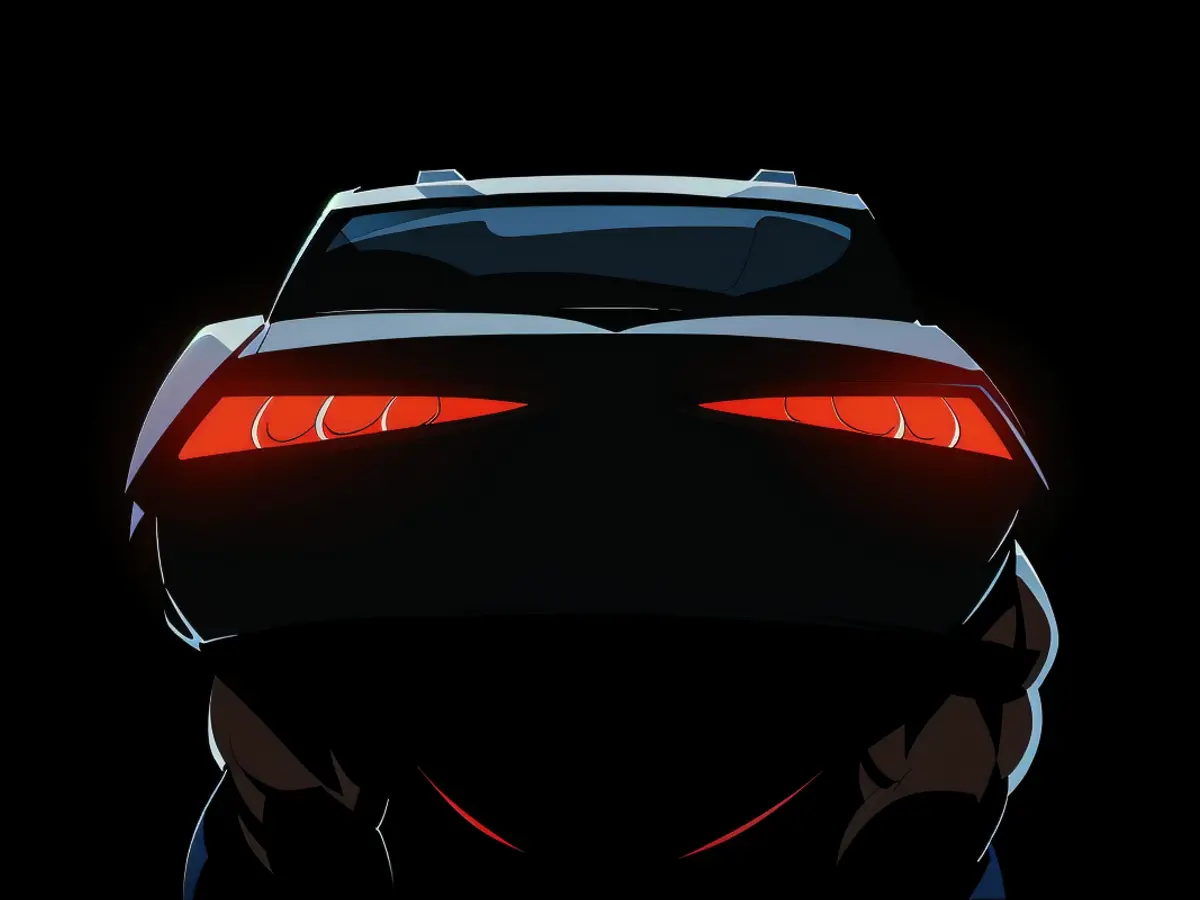The Four Setbacks in Implementing Software-Based Vehicle Systems
Back in 2012, Tesla revolutionized the auto sector by introducing the Model S, an advanced electric vehicle (EV) featuring a revolutionary architecture. This revolutionary design incorporated a centralized, quasi-supercomputer controlling fewer electrical modules, allowing for seamless Over-The-Air (OTA) updates for all software in the vehicle. This groundbreaking innovation paved the way for the now-common term "Software-Defined Vehicle" (SDV).
Fast forward to 2025, not many established automakers have embraced such an architecture, despite the overwhelming benefits. The proportion of software-related recalls has skyrocketed to an all-time high (42%), five times higher than just four years ago. Although several automakers recognize the significant cost savings, with several spending between $4-11 billion on warranty in 2024 and the estimated development cost for a new vehicle being $6 billion, many executives question the delay in transformation.
The roadblocks impeding this transformation are multiple and complex.
The Intricate Overhaul

Skeptics might wrongly believe that the shift to this updated architecture is a straightforward process, falling short of understanding the complexity of reengineering.
As Sudipto Bose, Senior Director of the Automotive Business Unit at GlobalFoundries puts it, the issue is far from simple: “It's a hard transition for these folks because they have existing platforms that they've spent billions on, and you're trying to retrofit. But that's like putting duct tape on the problem. This is a systems architecture issue that requires a complete overhaul of both the software and hardware.”
Such radical changes are a massive obstacle for companies with multiple brands and numerous product lines on various continents. As Bose explains, “The traditional automakers have so many models on the road with so many customers. It’s not like they’re selling one car like Xiaomi, or any Chinese start-up. [Xiaomi] came and built one car, and that's the one car they’re selling, so it’s easier for them to deploy.”

The Unexpected Match
In 2013, many automakers embarked on a path towards pursuing a Tesla competitor in both the EV and SDV markets, recognizing the potential for both. The star-crossed romance, however, saw several unforeseen complications in the EV market.
Consumers remained hesitant to invest in electric vehicles, requiring incentives and only willing to pay an average of $56,902 in the US last October - that's 17% more than an Internal Combustion Engine (ICE) vehicle. The rollout of charging points lagged behind in some markets, especially in the US. Abundant competition - with over 100 EV manufacturers in China alone - and rising trade tensions even impacted Tesla, leading to a 1.1% sales decline in 2024 after a decade of uninterrupted growth.

Consequently, some high-profile automakers’ planned transfers to SDVs took a back seat, resulting in an inadvertent delay in SDV implementation.
The Economical Tsunami
Between 2015 and 2019, the auto industry entered a phase of ambitious investments in CASE technologies (Connected, Autonomous, Shared, and Electric). Big bets on each initiative - including General Motors investing $2 billion in OnStar, $10 billion in Cruise, $1 billion in Maven, and $35 billion in electric vehicles - demonstrated the industry's desire to embrace such technologies.

However, not all investments yielded results, making further investments more challenging financially and politically. As Michael Wayland of CNBC put it, “The auto industry has a serious addiction. It’s a ‘capital junkie’ that’s been on a years-long binge of unprecedented spending on all-electric and autonomous vehicles. And now, it’s waking up from the bender and entering rehab.”
The Skills Dilemma
Transiting from production-oriented tasks to software development requires a significant cultural shift and new skill sets. As Bose explained, “Within these companies, they don't have the right skill set yet, but they are recruiting a lot of people from outside. But they’re underestimating the effort. All of them are moving in the right direction, but the speed at which they initially thought that they’d move [to adapt to software development], start the program, and ... start writing software ... has been much slower.”
Adding to the issue, hiring talent from the tech sector has proven challenging due to the contrasting cultures and competitors’ divergent expectations. Joann Muller of Axios pointed out, “[The] friction point is the tech sector likes to ‘move fast and break things,’ [which] is not like cars, which need to be safe and high-quality. Reconciling the two imperatives isn't easy.”
And the management responsible for reconciling the two only understands traditional manufacturing principles.
Despite the apparent advantages of adopting software-defined vehicle (SDV) architecture, many established automakers have yet to fully embrace it in 2025. This hesitation is due in part to the complexity of retrofitting existing platforms and the challenges associated with managing multiple brands and product lines globally.
The delay in SDV implementation among some high-profile automakers was somewhat unintentional, stemming from unforeseen complications in the electric vehicle (EV) market.
[Per the given text, this refers to consumer hesitancy towards electric vehicles, insufficient charging infrastructure, abundant competition, and rising trade tensions affecting even Tesla.]






